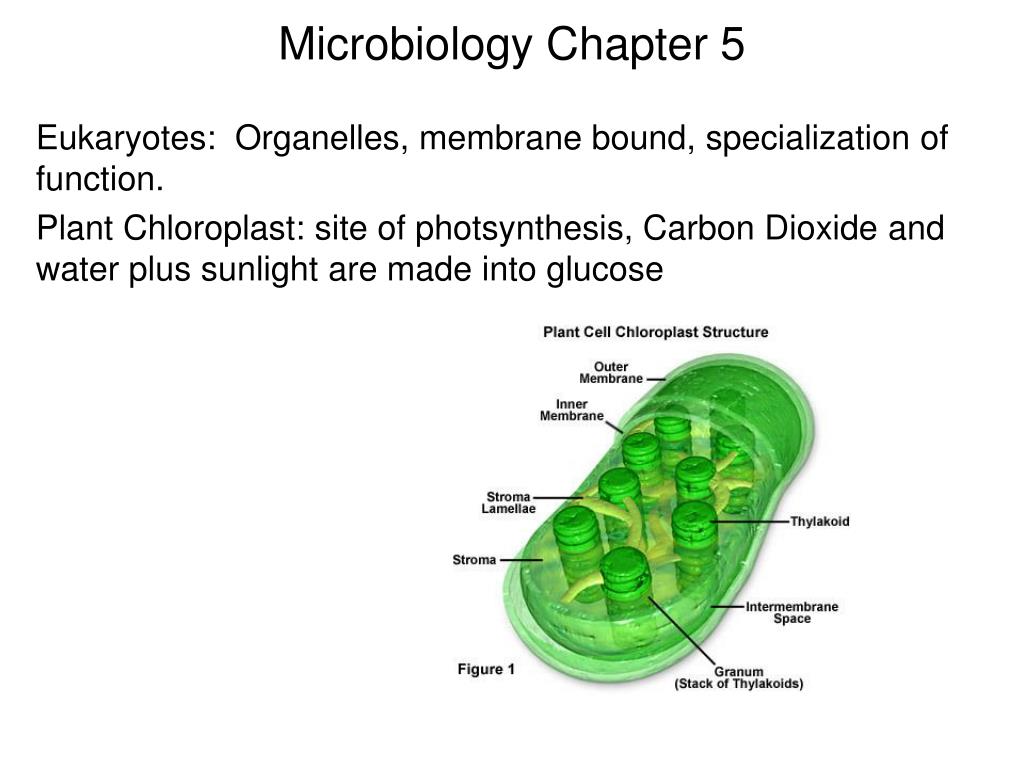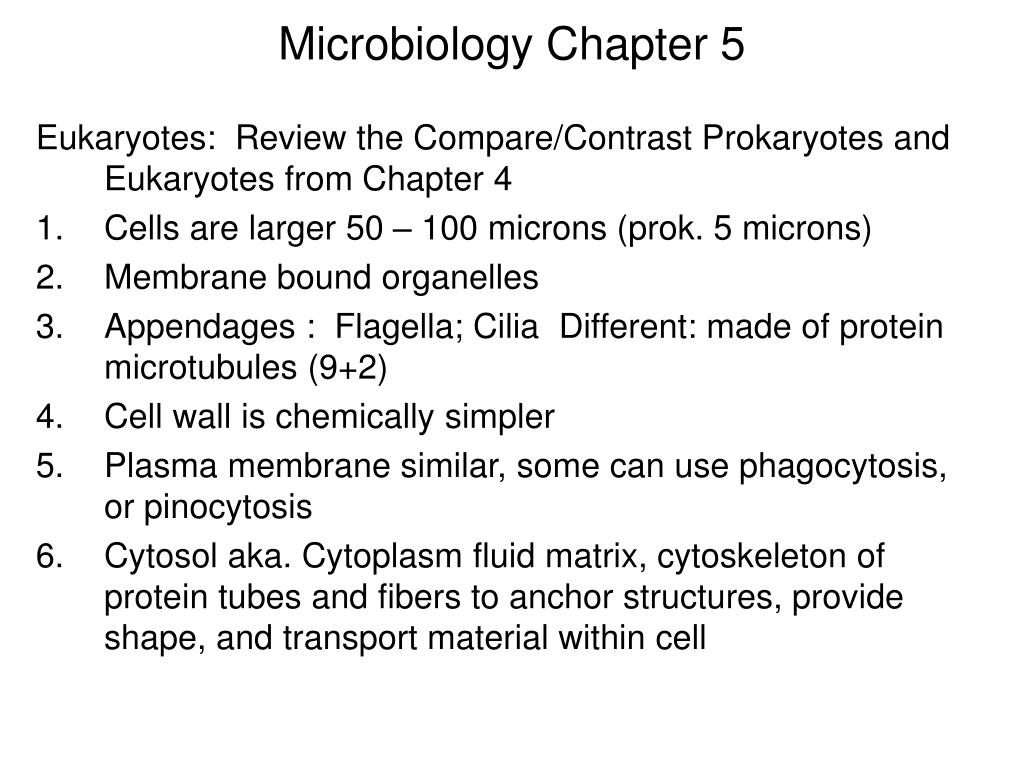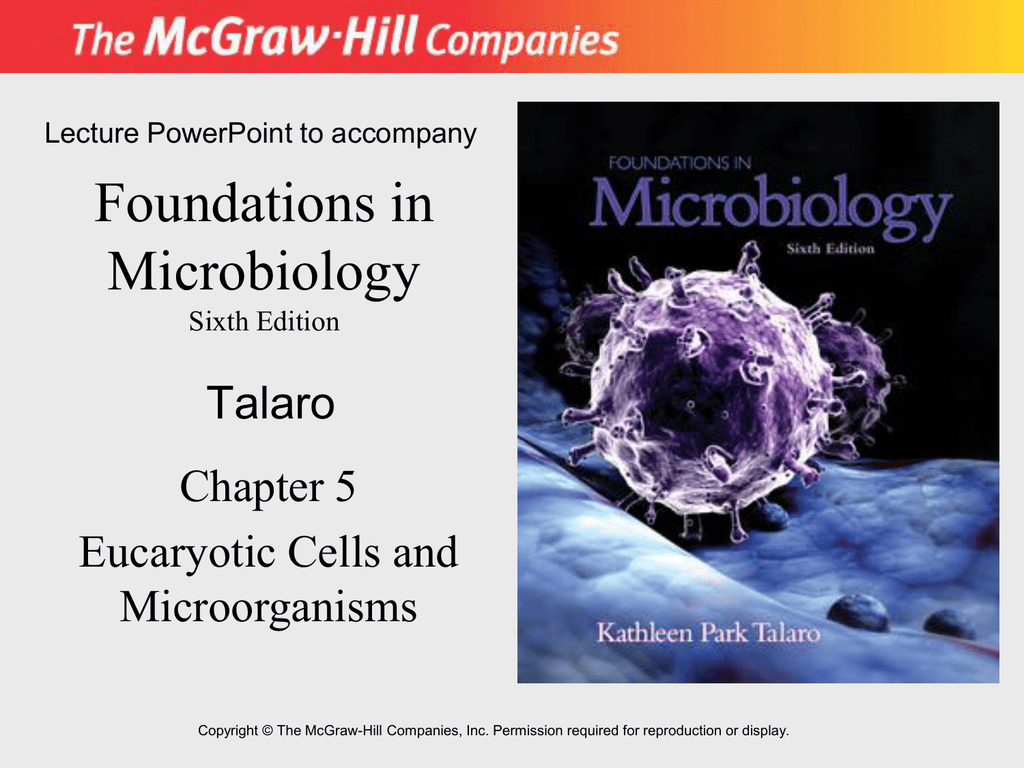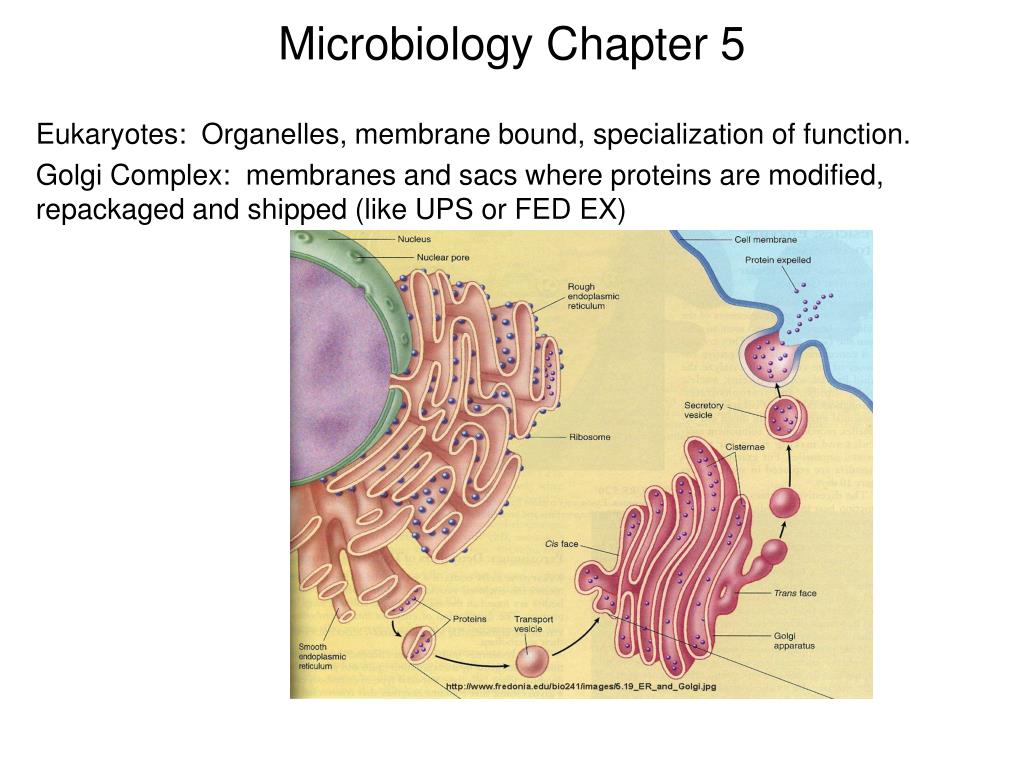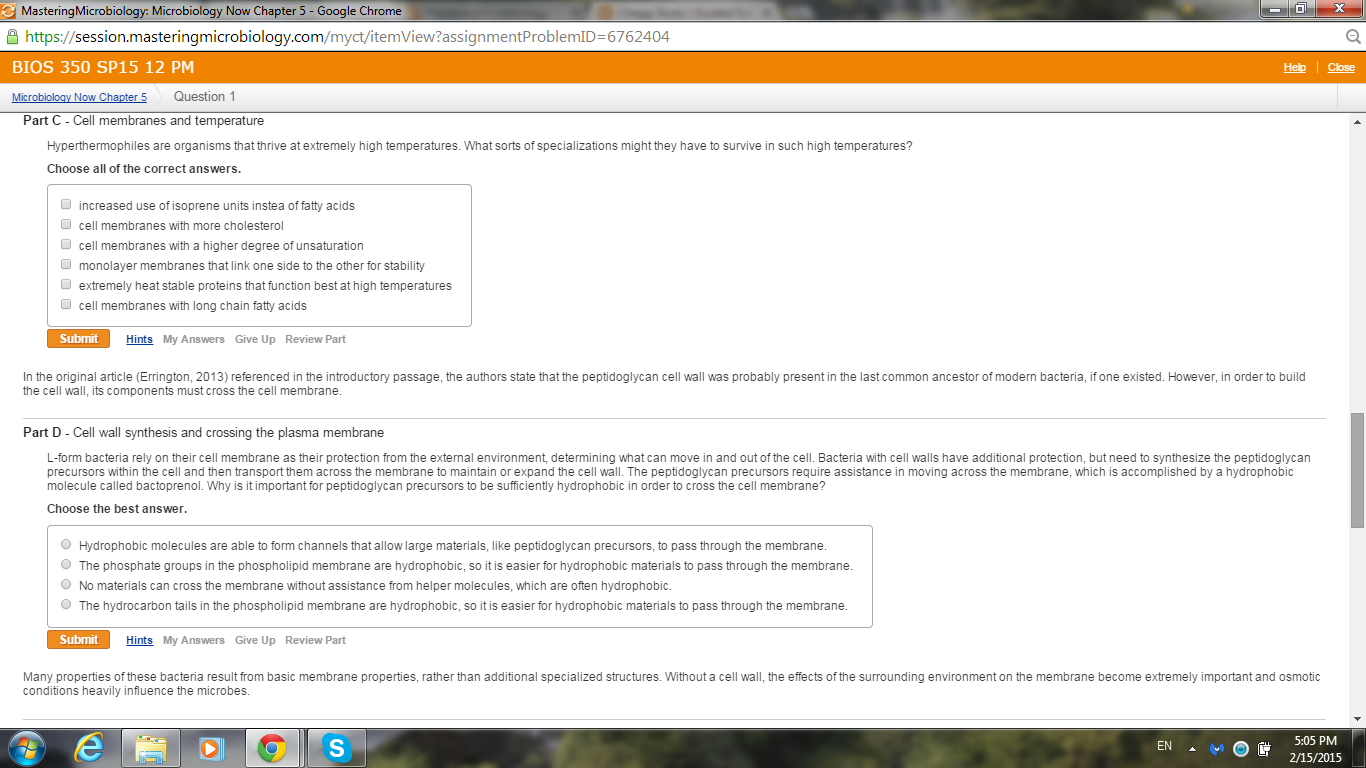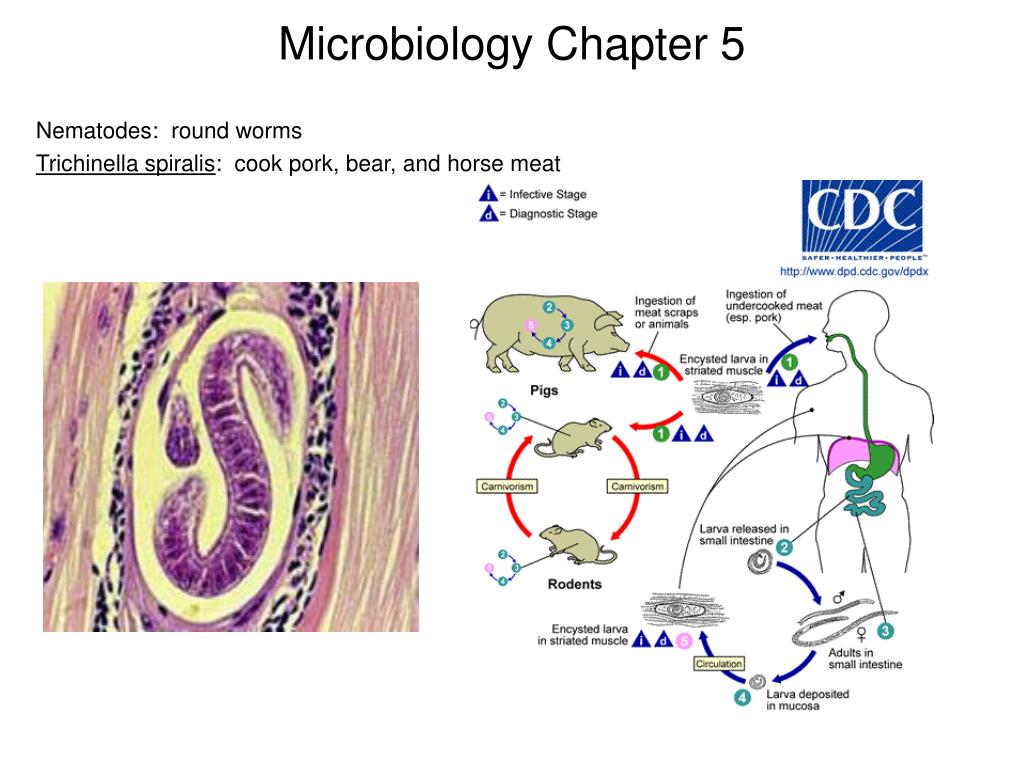Microbiology Chapter 5
Microbiology Chapter 5 - 1 some of them we can’t live without; Destruction of all microbial life. For many years, the cause of viral infections was unknown. Web microbiology chapter 5 test questions 1. Web microbiology chapter 5 5.0 (1 review) microbial metabolism click the card to flip 👆 the collection of controlled biochemical reactions that takes place within the microbe click the card to flip 👆 1 / 65 flashcards. Web viruses in the marine community. Web viruses infect every type of cell, including bacteria, algae, fungi, protozoa, plants, and animals. Web our bodies are filled with microbes, and our skin alone is home to trillions of them. Reduction of most microbial life on inanimate surfaces. The pathogen must be isolated from the diseased.
The disease when it's inoculated into a healthy, susceptible laboratory animal. Microbiology is the study of organisms too small to be clearly seen by the unaided eye (i.e., microorganisms); Others cause diseases that can make us sick or even kill us. Reproductive types are important in distinguishing fungal groups. Seawater can contain 100 million viruses per milliliter. Web viruses infect every type of cell, including bacteria, algae, fungi, protozoa, plants, and animals. University of california los angeles. What is the best defense against tapeworm infection? The pathogen from the pure culture must cause. 1 some of them we can’t live without;
Web microbiology chapter 5 5.0 (1 review) microbial metabolism click the card to flip 👆 the collection of controlled biochemical reactions that takes place within the microbe click the card to flip 👆 1 / 65 flashcards. For many years, the cause of viral infections was unknown. Microbiology chapter 5 study outline (microbiology: 1 some of them we can’t live without; Select one or more questions using the checkboxes above each question. What is a dikaryotic cell? Others cause diseases that can make us sick or even kill us. Microbiology is the study of organisms too small to be clearly seen by the unaided eye (i.e., microorganisms); Most multicellular fungal bodies, commonly called molds, are made up of filaments called hyphae. What is the metabolism of an cell/organism?
PPT Microbiology Chapter 5 PowerPoint Presentation, free download
Web viruses infect every type of cell, including bacteria, algae, fungi, protozoa, plants, and animals. For many years, the cause of viral infections was unknown. Others cause diseases that can make us sick or even kill us. Seawater can contain 100 million viruses per milliliter. Although much more is known.
Exam 2 Review session Microbiology YouTube
Reproductive types are important in distinguishing fungal groups. The pathogen from the pure culture must cause. Web microbiology chapter 5 5.0 (1 review) microbial metabolism click the card to flip 👆 the collection of controlled biochemical reactions that takes place within the microbe click the card to flip 👆 1 / 65 flashcards. Explain anabolism and catabolism in terms of:.
PPT Microbiology Chapter 5 PowerPoint Presentation, free download
University of california los angeles. Then click the add selected questions to a. Explain anabolism and catabolism in terms of: The disease when it's inoculated into a healthy, susceptible laboratory animal. What is the metabolism of an cell/organism?
PPT Microbiology Chapter 5 PowerPoint Presentation, free download
Most multicellular fungal bodies, commonly called molds, are made up of filaments called hyphae. Some (like yeast) and fungal spores are microscopic, whereas some are large and conspicuous. Reduction of most microbial life on inanimate surfaces. University of california los angeles. The eukaryotic cell organelle that most resembles a bacterial cell is the.
Microbiology Chapter 5 Spring 07 Metabolism Cellular Respiration
Mechanical removal of most microbes from living or inanimate surfaces. Web microbiology chapter 5 5.0 (1 review) microbial metabolism click the card to flip 👆 the collection of controlled biochemical reactions that takes place within the microbe click the card to flip 👆 1 / 65 flashcards. For many years, the cause of viral infections was unknown. The pathogen from.
Foundations in Microbiology
For many years, the cause of viral infections was unknown. Web viruses in the marine community. Explain anabolism and catabolism in terms of: The pathogen must be isolated from the diseased. Select one or more questions using the checkboxes above each question.
PPT Microbiology Chapter 5 PowerPoint Presentation, free download
1 some of them we can’t live without; University of california los angeles. What is the metabolism of an cell/organism? Microbial metabolism (test #2) big picture o metabolism is the buildup and breakdown of nutrients within a cell o these chemical reactions provide energy and create substances that sustain life o. Microbiology chapter 5 study outline (microbiology:
PPT Microbiology Chapter 5 PowerPoint Presentation, free download
University of california los angeles. Web viruses in the marine community. The disease when it's inoculated into a healthy, susceptible laboratory animal. Some (like yeast) and fungal spores are microscopic, whereas some are large and conspicuous. What is a dikaryotic cell?
Solved Mastering Microbiology Microbiology Now Chapter 5...
Microbial metabolism (test #2) big picture o metabolism is the buildup and breakdown of nutrients within a cell o these chemical reactions provide energy and create substances that sustain life o. Others cause diseases that can make us sick or even kill us. What is a dikaryotic cell? Select one or more questions using the checkboxes above each question. University.
PPT Microbiology Chapter 5 PowerPoint Presentation, free download
Microbiology chapter 5 study outline (microbiology: Destruction of all microbial life. The disease when it's inoculated into a healthy, susceptible laboratory animal. Select one or more questions using the checkboxes above each question. University of california los angeles.
The Eukaryotic Cell Organelle That Most Resembles A Bacterial Cell Is The.
For many years, the cause of viral infections was unknown. Micrographs (left and center) show a sporozoite life stage,. Web fungi can be unicellular or multicellular; Web microbiology chapter 5 5.0 (1 review) microbial metabolism click the card to flip 👆 the collection of controlled biochemical reactions that takes place within the microbe click the card to flip 👆 1 / 65 flashcards.
Host And Grown In Pure Culture.
Tortora, funke, case) flashcards | quizlet. The pathogen must be isolated from the diseased. Select one or more questions using the checkboxes above each question. What is the metabolism of an cell/organism?
Web Viruses Infect Every Type Of Cell, Including Bacteria, Algae, Fungi, Protozoa, Plants, And Animals.
Web microbiology chapter 5 test questions 1. Believed that some organelles inside eukaryotic. Web our bodies are filled with microbes, and our skin alone is home to trillions of them. The pathogen from the pure culture must cause.
What Is The Best Defense Against Tapeworm Infection?
Some (like yeast) and fungal spores are microscopic, whereas some are large and conspicuous. Seawater can contain 100 million viruses per milliliter. Reproductive types are important in distinguishing fungal groups. Although much more is known.
